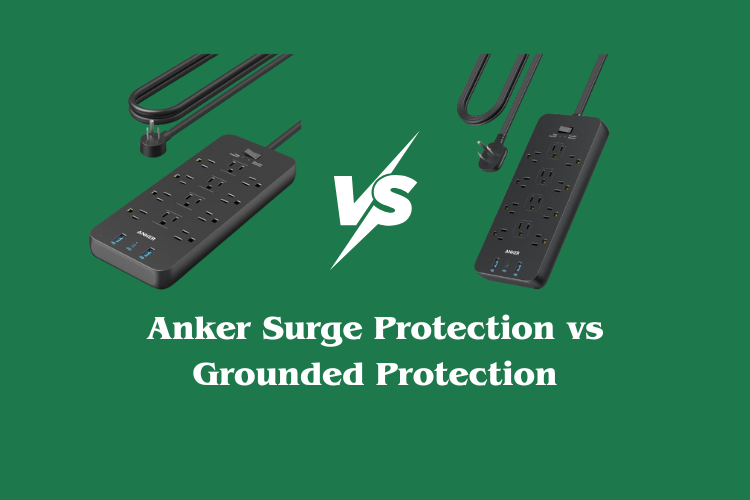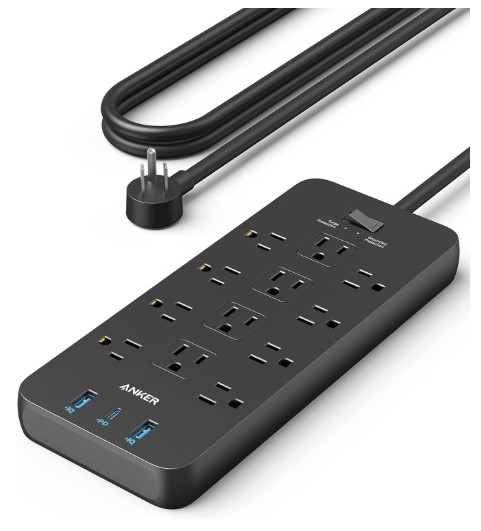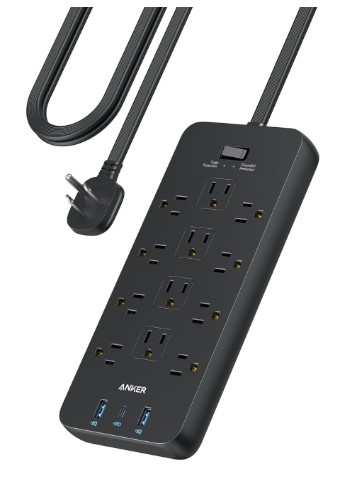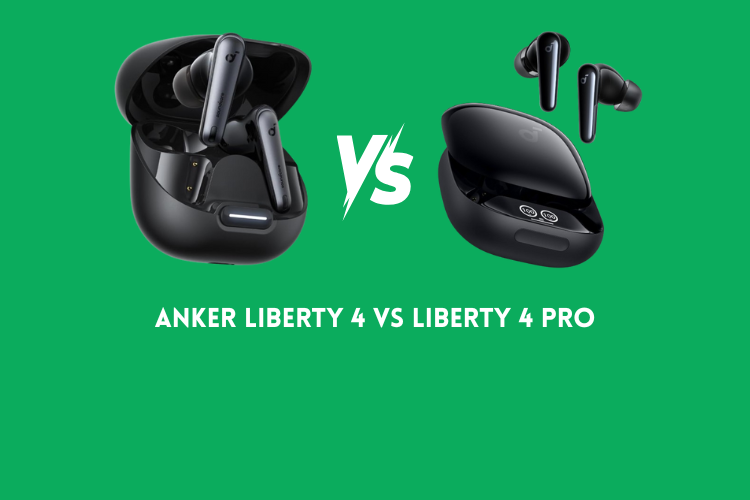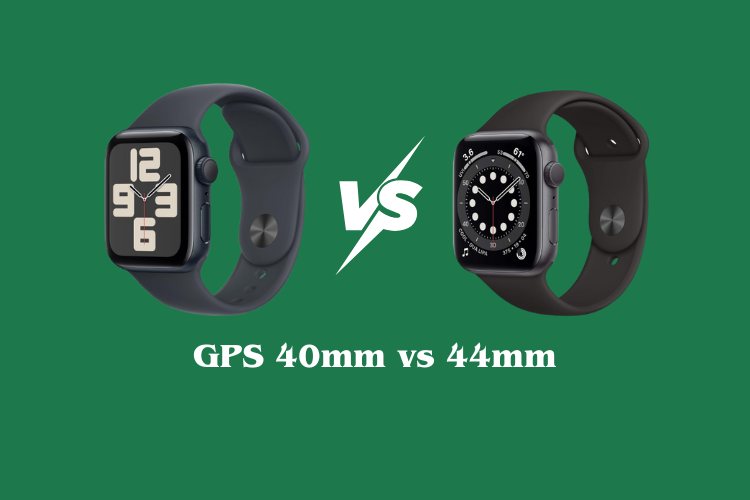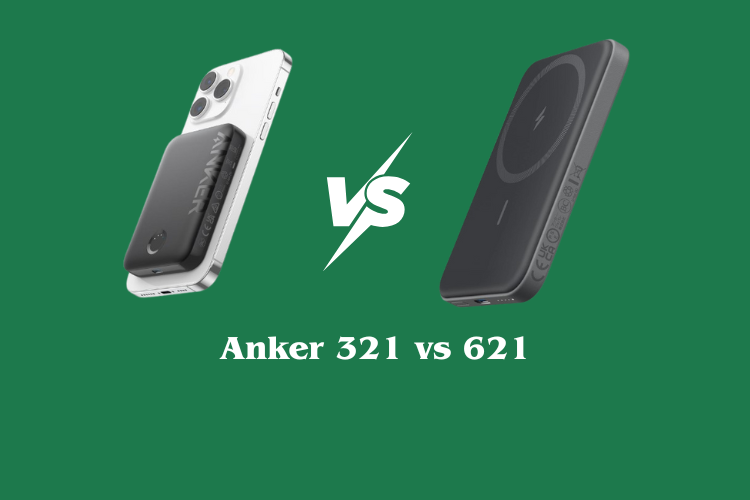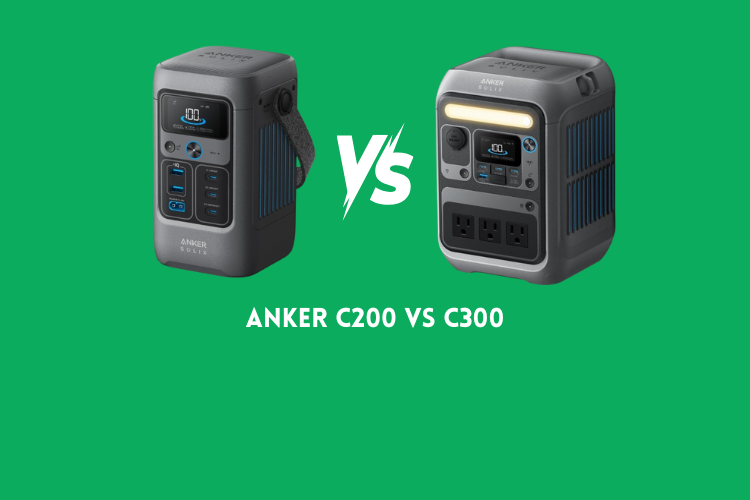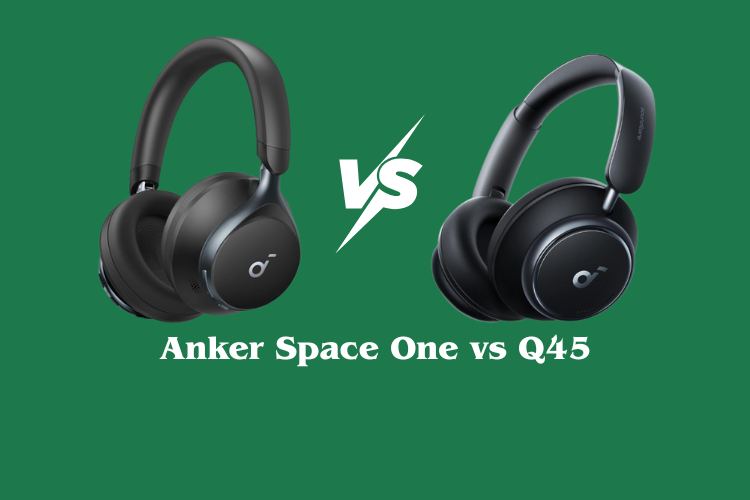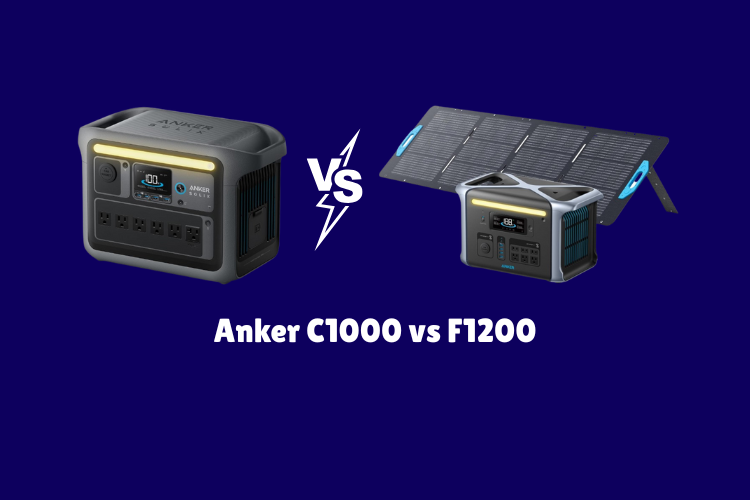Anker Surge Protection vs Grounded Protection [Key Differences]
Power surges and electrical safety are common concerns in modern homes and offices. Devices like laptops, smartphones, and smart TVs require stable power, and a single surge can damage them in seconds.
Anker offers surge protection and grounded protection options, but each works differently and serves unique purposes. Surge protection shields devices from sudden voltage spikes by redirecting excess electricity away from sensitive circuits.
Grounded protection focuses on channeling stray electrical current safely into the ground, reducing the risk of electric shocks or fire hazards. Many people confuse the two, yet understanding their roles helps you pick the right safeguard for your setup.
Surge protectors suit electronics that need constant defense against unpredictable spikes. Grounded outlets enhance safety in places where grounding might not be guaranteed. Knowing the difference allows you to create a safer environment for your tech while protecting valuable investments.
Anker Surge Protection vs Grounded Protection
Power strips are no longer just about adding more outlets. Safety matters just as much as convenience. Anker makes two types of power strips: one focused on surge protection and the other focused on grounded protection.
At first glance, both look very similar. Both have multiple outlets, USB ports, and the same design style. Yet the core difference lies in how they protect your devices. Let’s go step by step.
Anker Power Strip Surge Protector
Product Details
-
Brand: Anker
-
Cable Length: 5 Feet
-
Color: Black
-
Total Power Outlets: 12
-
Voltage: 120 Volts AC
-
USB Ports: 1 USB-C, 2 USB-A
-
Extra: Surge protection with $200,000 connected equipment warranty
Features
Multiple Outlets and Ports
The strip has 12 AC outlets, plus 1 USB-C and 2 USB-A ports. It can handle laptops, phones, TVs, kitchen devices, and more.
Fast USB-C Charging
The 20W USB-C port can charge an iPhone 15 from 0–50% in just 26 minutes. That means you don’t need a separate adapter.
Surge Protection
This is the main highlight. It uses Anker’s 8-point safety system that combines surge protection, overload shutoff, fire resistance, and temperature control.
Surges can come from storms, faulty wiring, or sudden spikes. The surge protector diverts excess voltage and keeps your devices safe.
Outlet Spacing
The design leaves more space between outlets. That means even big plugs fit without blocking others.
Warranty
Anker adds a lifetime connected equipment warranty up to $200,000. If a surge damages your gear while plugged into the strip, they cover it.
What is the Good?
-
Strong surge protection for sensitive devices.
-
12 outlets plus 3 USB ports.
-
Fast USB-C charging.
-
Fire resistance and overload shutoff for safety.
-
Warranty coverage gives peace of mind.
What is the Bad?
-
Slightly bulkier because of built-in surge parts.
-
Cable length limited to 5 feet.
-
Price higher than basic strips.
Overall Opinion
The surge-protected version is best for homes with expensive electronics. It guards against storms, voltage spikes, and wiring issues. It feels more secure for devices like TVs, gaming systems, and computers.
Anker Grounded Protection
Product Details
-
Brand: Anker
-
Color: Black
-
Total Power Outlets: 12
-
Voltage: 125 Volts
-
USB Ports: 1 USB-C, 2 USB-A
-
Special Feature: Fast charging
-
Extra: Grounded safety design with $200,000 connected equipment warranty
Features
Same Outlet Setup
Like the surge model, it has 12 AC outlets plus 3 USB ports. It gives the same wide spacing design to handle bulky plugs.
Fast USB-C Charging
The 20W USB-C port offers the same iPhone fast-charging speed. Mobile devices can charge without a wall adapter.
Grounded Protection
This version focuses on grounding instead of surge absorption. Grounding channels excess electricity safely into the ground wire. It prevents shocks and lowers fire risks. While it does not stop a large surge, it keeps electricity flowing in a stable way.
8-Point Safety System
It still has overload shutoff, fire resistance, and temperature control. So it is safe for daily household use.
Warranty
Like the surge version, it includes an 18-month warranty and lifetime connected equipment warranty.
What is the Good?
-
Protects against shocks through grounding.
-
Lighter and slightly less bulky.
-
Same 12 outlets and 3 USB ports.
-
Affordable compared to surge models.
-
Enough safety for standard household use.
What is the Bad?
-
Does not block strong power surges.
-
Less useful during lightning storms or unstable power grids.
-
Feels basic for people with expensive electronics.
Overall Opinion
The grounded protection strip works best for daily appliances in safe electrical areas. It keeps devices stable and protected from small faults but lacks full surge defense.
Detailed Comparison for Anker Surge Protection vs Grounded Protection
Both power strips look almost the same on the outside. The real difference is inside. The surge protection model adds advanced layers that stop voltage spikes. This makes it better for sensitive devices like gaming consoles, PCs, and home theaters.
On the other hand, the grounded protection model focuses only on grounding. It prevents shocks and improves stability but does not fight strong surges.
Both give you 12 outlets, fast USB-C charging, smart spacing, and Anker’s safety system. Both also carry the $200,000 connected equipment warranty. Battery life or charging speed is not an issue because both share the same USB design.
If your area often has storms or power cuts, the surge model is the safe choice. If your home has stable power and you just need more outlets with grounding safety, the grounded version is enough.
FAQs
Q1: What is the main difference between surge and grounded protection?
Surge protection blocks high voltage spikes, while grounded protection only sends extra current safely to the ground.
Q2: Which one is safer for expensive devices like TVs or PCs?
The surge protection strip is safer because it shields against voltage spikes.
Q3: Do both strips have USB-C fast charging?
Yes, both include a 20W USB-C port and two USB-A ports.
Q4: Does grounding alone protect against lightning strikes?
No. Only surge protection can absorb and block that type of sudden spike.
Q5: Which one costs more?
Surge protection models usually cost more because of the extra safety parts inside.
Conclusion
Anker’s power strips both offer plenty of outlets and fast charging. The grounded model works well for normal daily use where the power supply is stable.
The surge-protected model adds stronger safety for sensitive electronics and areas with unstable electricity.
The choice depends on your needs. For homes with expensive gear or storm risks, surge protection is the safer option. For simple daily appliances in steady power areas, grounded protection does the job.

